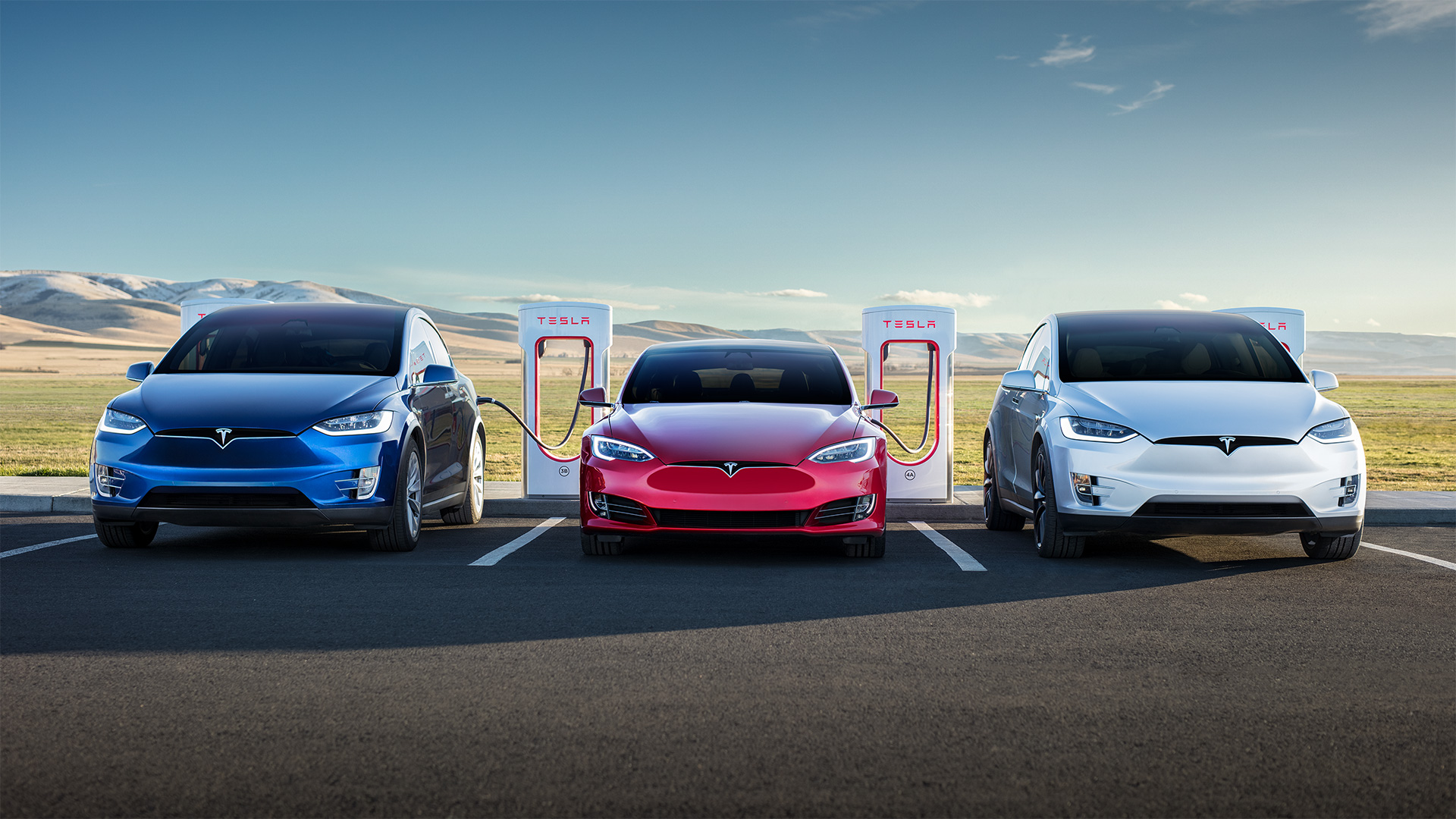

The Insurance Institute for Highway Safety published the results of its driver assistance systems tests in five cars Tuesday. Two of the five cars failed the automatic braking test: the 2016 Tesla Model S, and the 2018 Tesla Model 3.
In this particular test, the five cars—also including the 2017 BMW 5-Series, the 2017 Mercedes-Benz E-Class, and the 2018 Volvo S90—were driven toward a stationary object at 31 mph with their advanced driver assistance systems, such as Tesla’s Autopilot, turned off, and automatic braking turned on. While the Teslas did slow down before hitting the object, the other cars managed to stop before hitting it. The Teslas did not.
However, with Autopilot turned on, the Teslas performed the best in this test. Both the older Model S and the new Model 3 started braking earlier than the other cars, slowing down more smoothly and easily stopping before the object. This also has nothing to do with the so-called “critical” brake test that Tesla skipped.
In other parts of the test, which involved staying in the lane through curves and hills with Autopilot engaged, the Teslas performed extremely well. Although hills, in particular, seemed to confuse the Model S at times, with more lane deviations on hills than the competition, it was the oldest car in the test, and therefore the oldest technology. The new Model 3 did not cross lane markings even once during the same test.
Aside from automatic braking without Autopilot engaged, the Model 3 aced all of the tests it was thrown by IIHS. The Model S did less well, but as noted it’s an older model. The other cars all performed somewhere in between the two Teslas, but did not hit the stationary object when automatically braking without their own advanced adaptive cruise control systems turned on. It is puzzling why the Teslas did, considering that they proved they are capable of superior performance in this test with Autopilot turned on and using the same sensors.
A Tesla spokesperson declined to comment on the IIHS report.